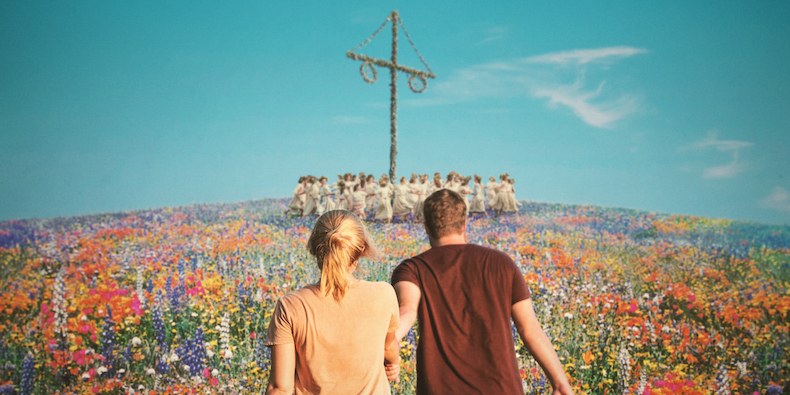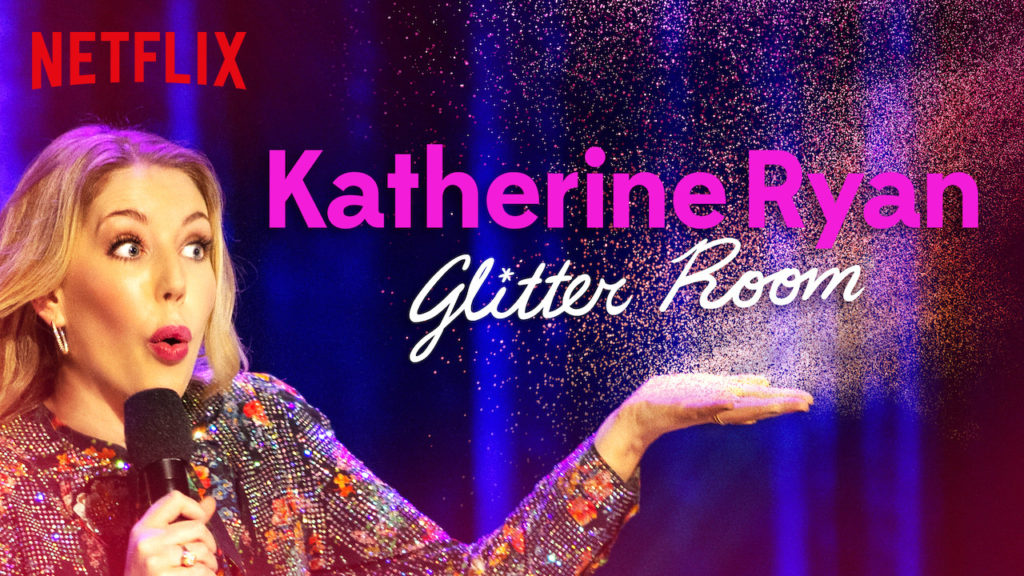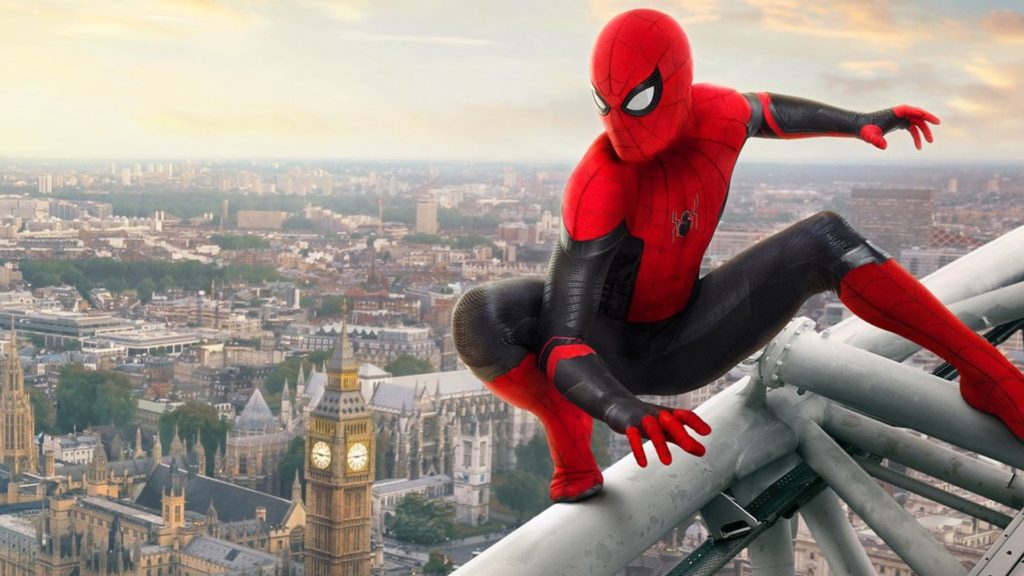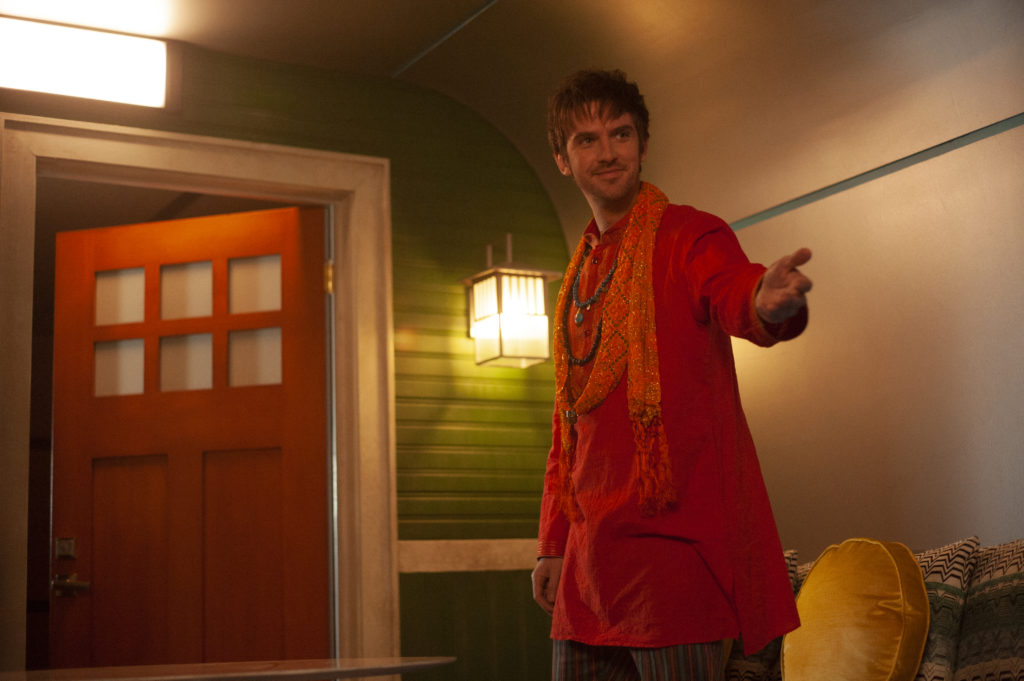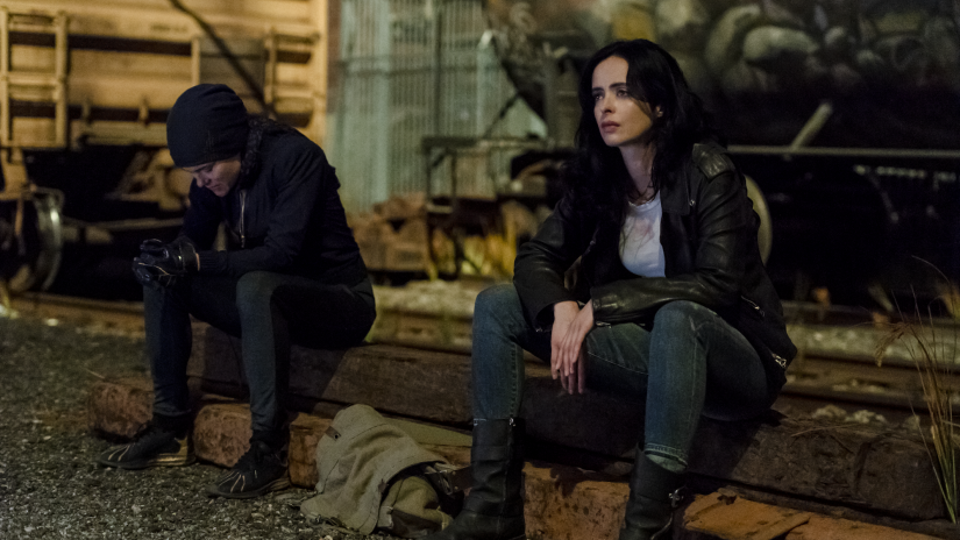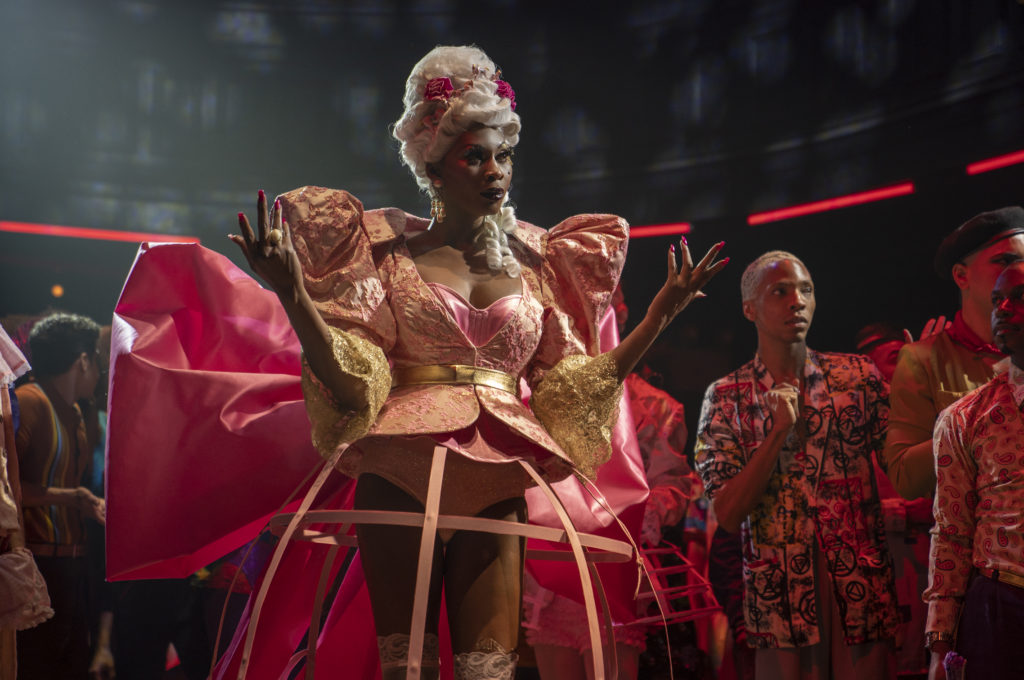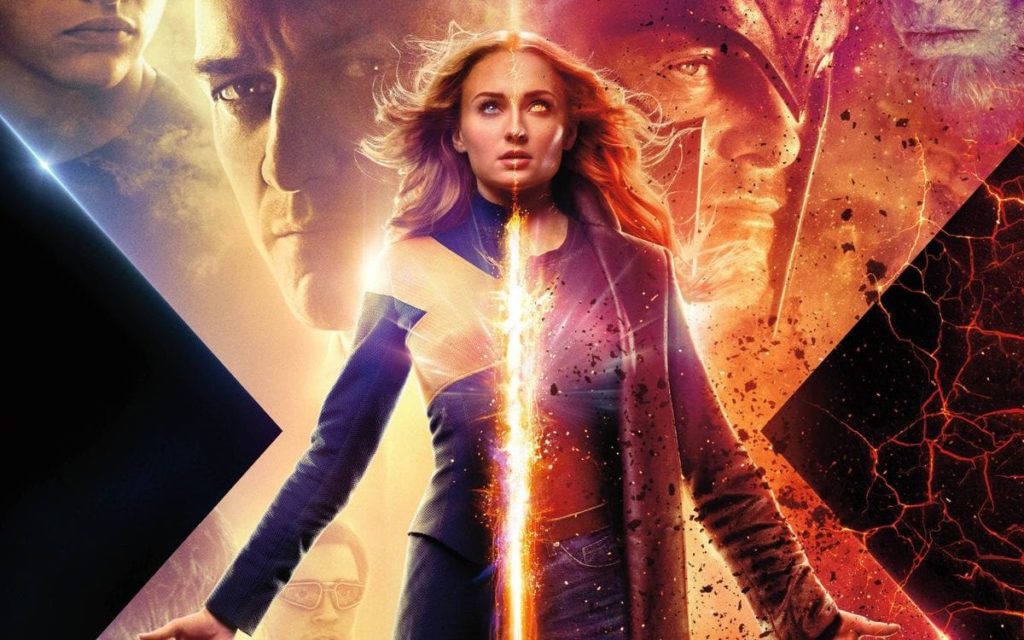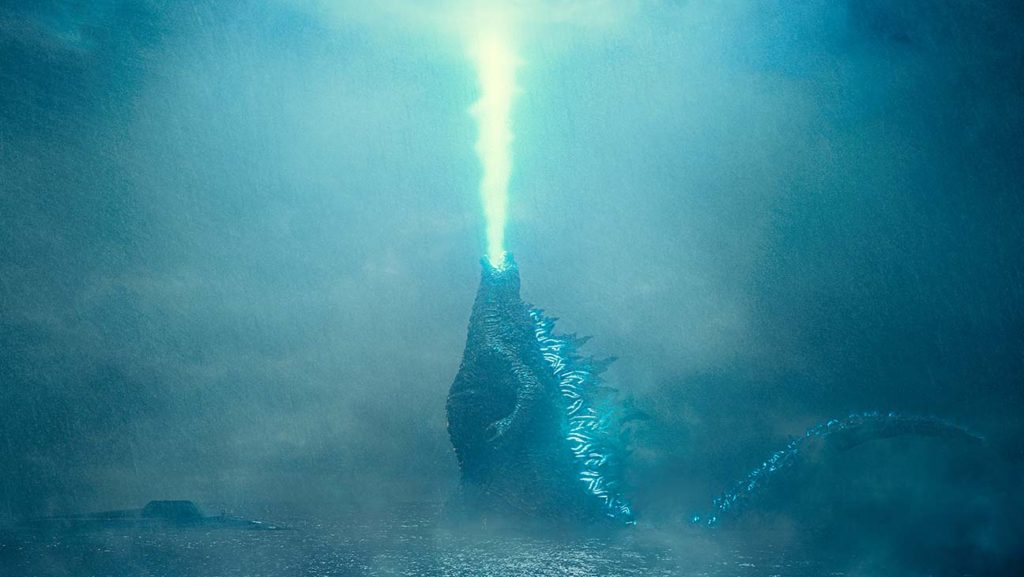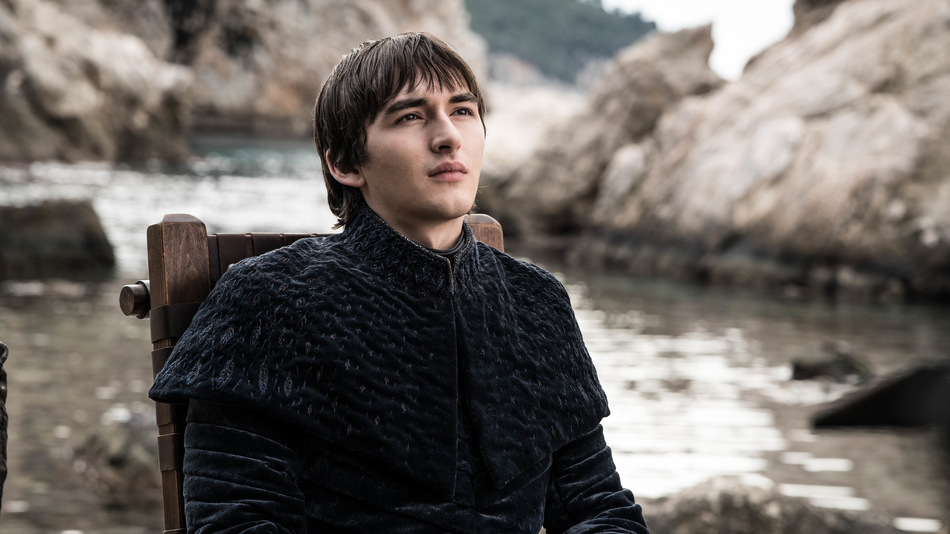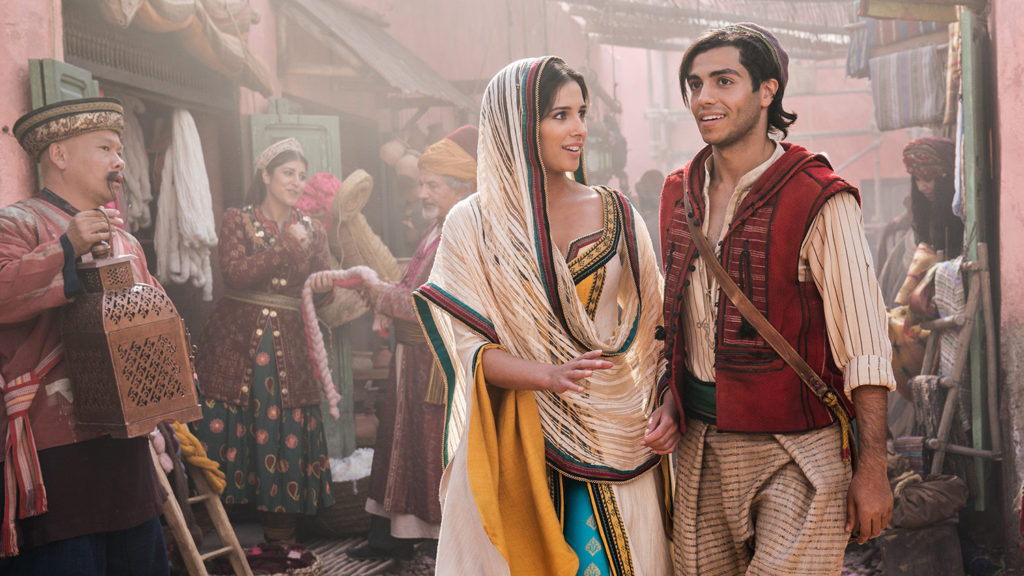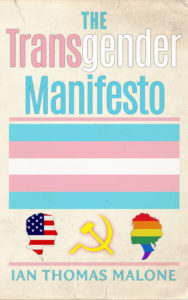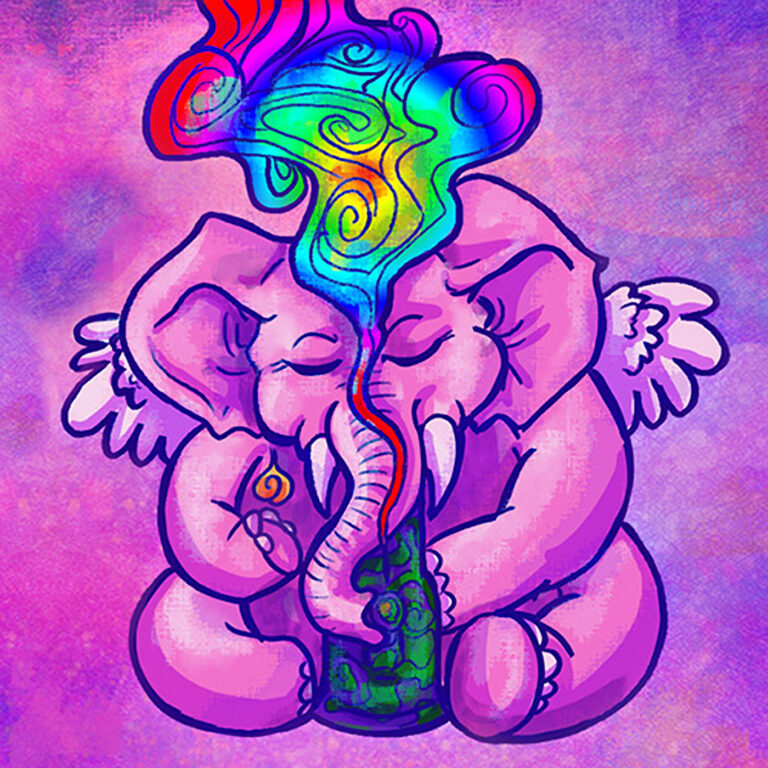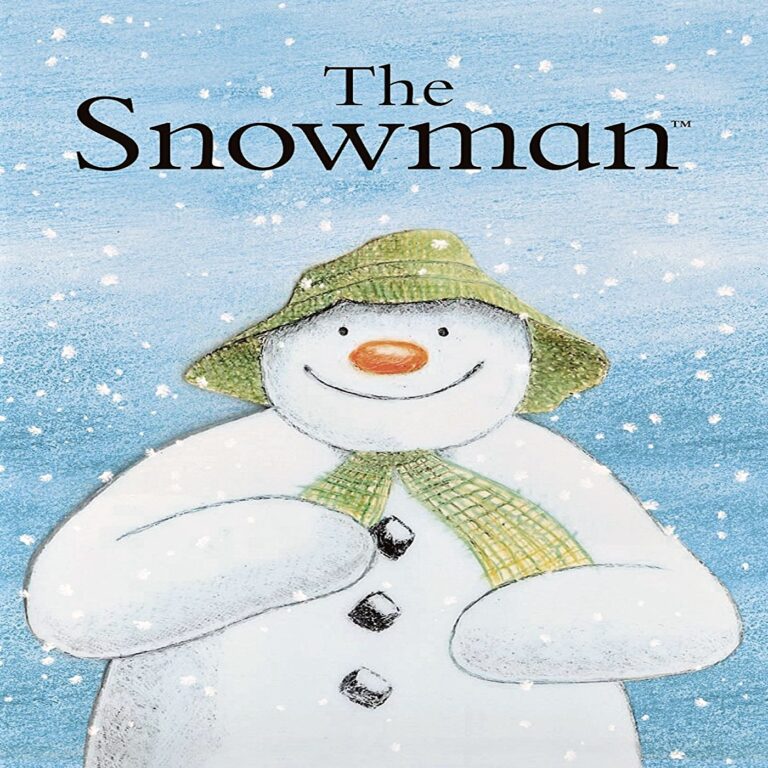Stunning Visuals and a Quiet Sense of Pacing Give Ari Aster Another Horror Gem in Midsommar
Written by Ian Thomas Malone, Posted in Blog, Movie Reviews, Pop Culture
Tragedy can often shine an unsavory light on a person’s true colors, a stress test for relationships that not everyone will rise to the occasion for. The process of picking up the pieces forces one to re-evaluate the remaining strands of a life through a whole new lens. Such is the backdrop for Midsommar, the second film from Ari Aster, who dazzled audiences last year with Hereditary.
Midsommar takes place in Sweden during a summer festival that only takes place every ninety years. For a group of grad students, the chance to tag along with a friend to witness his intimate commune celebrating a tradition little known to the rest of the world is an opportunity of a lifetime. For the outsiders, the secretive cult’s practices are a little more than they bargained for.
Aster’s vision for world building is utterly spectacular. The community he crafted in Midsommar possesses the kind of intricate detail that stays in the mind long after the credits roll. The sets are gorgeous, presented slowly throughout the film in a way that lets you take everything in. The color scheme is also quite beautiful, possessing a calming effect that contrasts well with the sense of horror that slowly unfolds.
The film possesses a strong grasp on the power of dialogue. The second half in particular has many long sequences where the characters don’t say anything at all, allowing the images to speak for themselves. Midsommar often feels like a mixture of a slasher and an art house film, with conventional subplots intertwined with a broader sense of purpose.
Florence Pugh gives a strong lead performance as Dani, a grief riddled young girl trying to figure out the next step in her life. From the start of the film, it’s clear she’s not meant to be with her boyfriend, Christian (Jack Reynor), who takes an interest in studying the culture of the commune, putting him at odds with his classmate Josh (William Jackson Harper). Dani is a bit of a distant protagonist, fitting for a film with a setting that functions as its own character.
With a runtime well over two hours, Midsommar is quite long for a horror movie. There is a purpose behind the slow burn, as Aster moves with a deliberate pace throughout the festival, meant to take place over a nine-day period. The audience is essentially on the same page as the outside students, watching the rituals unfold in a way that feels like real time.
It is perhaps a little too long for its own good, exacerbated by a few subplots that don’t seem to go anywhere and supporting characters who aren’t on screen long enough to make any kind of impact. Dani’s relationship with Christian is a little scattershot, never presented as particularly compelling. The pacing usually works to the film’s advantage, but it could definitely have benefited from a little tightening.
Midsommar is a mesmerizing experience, solidifying Aster as one of the most compelling directors currently making films. It’s the kind of film that’s completely welcoming to its scenery, only to exploit that sense of comfort at every turn. It is simultaneously beautiful and horrifying, one of the most delightful films of the summer.





